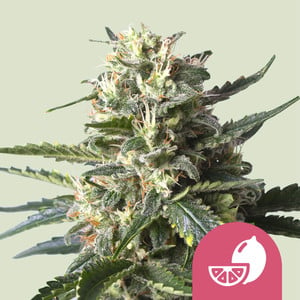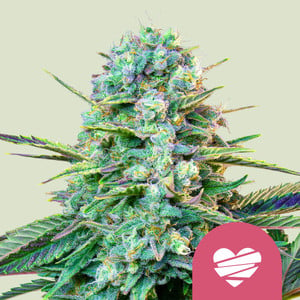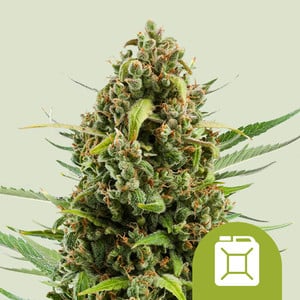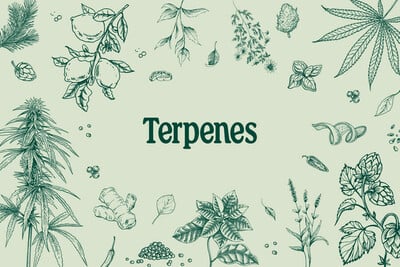.

How to Pair Chocolate With Cannabis
It doesn't get much better than cannabis and chocolate. They both taste good, and they both have the power to make us feel good. With so many strains of cannabis and varieties of chocolate, trying to pair your favourite chocolate with your favourite bud can seem impossible. However, it is much easier than you think.
Contents:
Everyone loves chocolate! And (nearly) everyone loves weed, right? So imagine putting weed and chocolate together! This article will show you everything about pairing chocolate with cannabis for the ultimate experience. So stop drooling, and let's get on with it.
Pairing Chocolate With Cannabis
This side of canna culture is all about creating an experience for the physical senses and the mind. If you are thinking of cooking with chocolate and cannabis, you must respect the cerebral, long-lasting effects of edibles. Cannabis edibles are processed differently by the body than cannabis that you inhale, delivering a different kind of high. Always be cautious with edibles. Taking too much could lead to an uncomfortable high that lasts for hours.
However, edibles aren't the only way to enjoy this indulgent combo—you can also smoke or vape while doing a chocolate tasting, avoiding the pitfalls of eating weed while still getting sufficiently blazed. Not only that, but methods like vaping allow you to really detect the interaction between the flavours in your weed and those in the chocolate. This is what we'll be focusing on for the majority of this article.
Still, if you enjoy an edible high, what could be more decadent than pairing chocolate and weed! It's not even that difficult. There are plenty of simple recipes out there that will give you delicious results. This chocolate sauce involving 4 easy steps is a winner, as is this recipe for the best weed-infused chocolate pudding. Try them now, and thank us later.
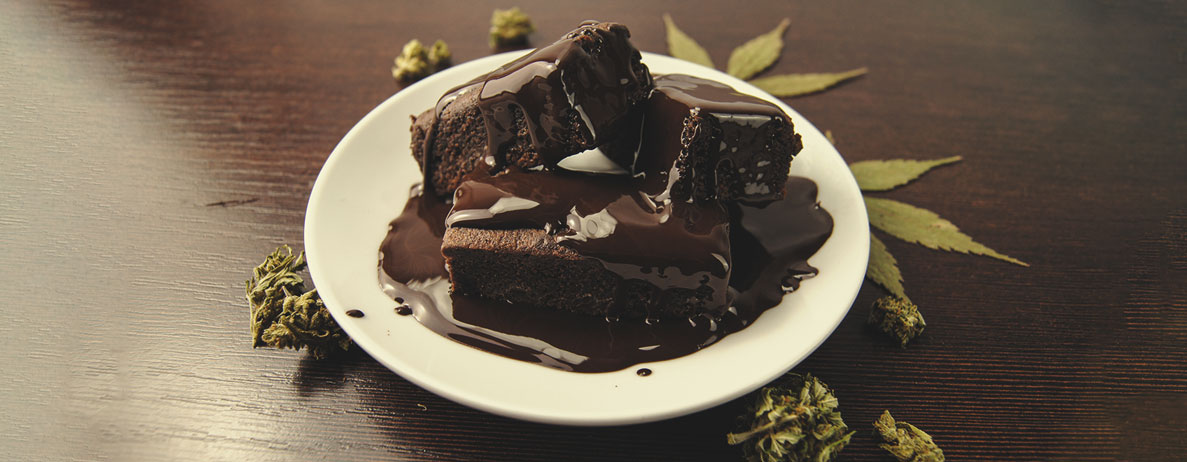
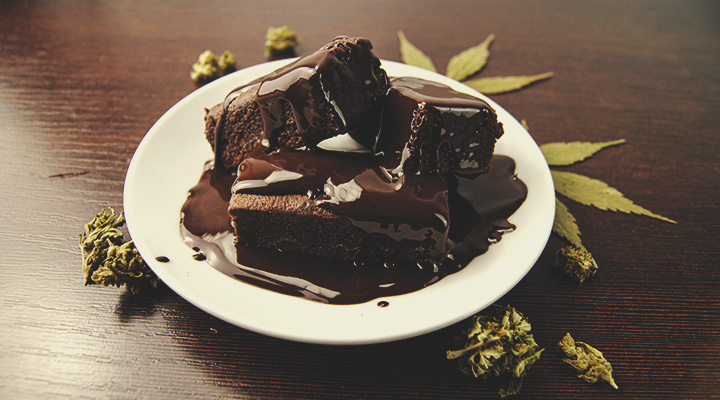
Effects of Chocolate and Weed
Researchers have discovered that, like cannabis, cocoa causes the brain to release endorphins[1], or “feel-good" chemicals. Endorphins are neurotransmitters—chemicals that neurons use to communicate with one another. Endorphins interact with the receptors in our brain, reducing pain perception and triggering positive feelings. Along with dopamine, serotonin, and oxytocin, the following five neurotransmitters are also released when we eat chocolate. These chemicals boost our mood and enhance the effect of cannabis, making for a more pleasurable experience.
| Anandamide | Our body’s natural version of THC. Anandamide is an endocannabinoid produced naturally in the body. Anandamide helps to regulate appetite, pleasure, and reward. Elevated levels of anandamide may increase the enjoyment of eating foods like chocolate. |
| 1,3,7-Trimethylxanthine | Otherwise known as caffeine, it works by counteracting the neurotransmitter adenosine. This results in increased heart rate and muscle contraction. |
| Theobromine | This stimulant works in partnership with caffeine to give you an energy boost. |
| Tryptophan | Tryptophan is an amino acid in chocolate that helps the body make serotonin—a key hormone in mood, well-being, and happiness. |
| Phenylethylalanine | This is the chemical associated with the "butterflies" feeling we get. It stimulates feelings of excitement, attraction, and nervousness. |
| Anandamide |
| Our body’s natural version of THC. Anandamide is an endocannabinoid produced naturally in the body. Anandamide helps to regulate appetite, pleasure, and reward. Elevated levels of anandamide may increase the enjoyment of eating foods like chocolate. |
| 1,3,7-Trimethylxanthine |
| Otherwise known as caffeine, it works by counteracting the neurotransmitter adenosine. This results in increased heart rate and muscle contraction. |
| Theobromine |
| This stimulant works in partnership with caffeine to give you an energy boost. |
| Tryptophan |
| Tryptophan is an amino acid in chocolate that helps the body make serotonin—a key hormone in mood, well-being, and happiness. |
| Phenylethylalanine |
| This is the chemical associated with the "butterflies" feeling we get. It stimulates feelings of excitement, attraction, and nervousness. |
Weed and Dopamine
It is reported that cannabis increases dopamine production in the body. To be specific, THC is responsible for boosting levels of this happy hormone. Aside from promoting feelings of happiness, dopamine also contributes to more complex feelings and behaviours, including reward and addiction.
THC impacts the brain's reward system by disrupting endocannabinoid signalling, increasing dopamine release. As a behaviour that increases feelings of reward, smoking cannabis causes temporary feelings of relaxation, euphoria, creativity, and motivation. Combine THC with chocolate, which also increases dopamine production, and you can see why the two are such a perfect match.
Chocolate and CBD
CBD has soared in popularity in the last ten years, thanks in part to its interaction with the human body. CBD chocolate edibles not only eliminate the naturally bitter taste of CBD; they positively affect the body, making your experience safe, enjoyable, delicious, and smoke-free. CBD chocolate is linked to various benefits, while forgoing the intoxicating side effects of THC-rich weed.
Eating chocolate with CBD injects the body with additional anandamide, which, as we know, is linked to the regulation of serotonin and dopamine. Peak levels of serotonin may enhance mood and potentially boost brain function.
When under stress, the body prepares itself for potential danger by increasing adrenaline levels. CBD chocolate may help to take the edge off and boost the mood while promoting restful sleep.
Best Chocolate for Cannabis
The right cannabis–chocolate pairing starts with an understanding of terpenes. Terpenes are compounds that give individual strains their distinctive aromas and flavours. For example, the terpene limonene gives your weed a zesty citrus smell. On the other hand, pinene imparts an earthy pine forest smell.
Matching aromas and flavours with your preferred type of chocolate is what makes a great pairing. Strains with high terpene levels (between 2% and 4%) will have the most robust scents and tastes, making them easy to match. Here are some possible combinations to begin with.
White Chocolate and Weed
Lemon Shining Silver Haze is an ideal partner for the decadent, sweet, and rich characteristics of white chocolate. Think lemon meringue pie, white chocolate and lemon cheesecake, or ice cream. The sharp bitterness of lemon piercing through the sweet innocence of the white chocolate is a delicious combination.
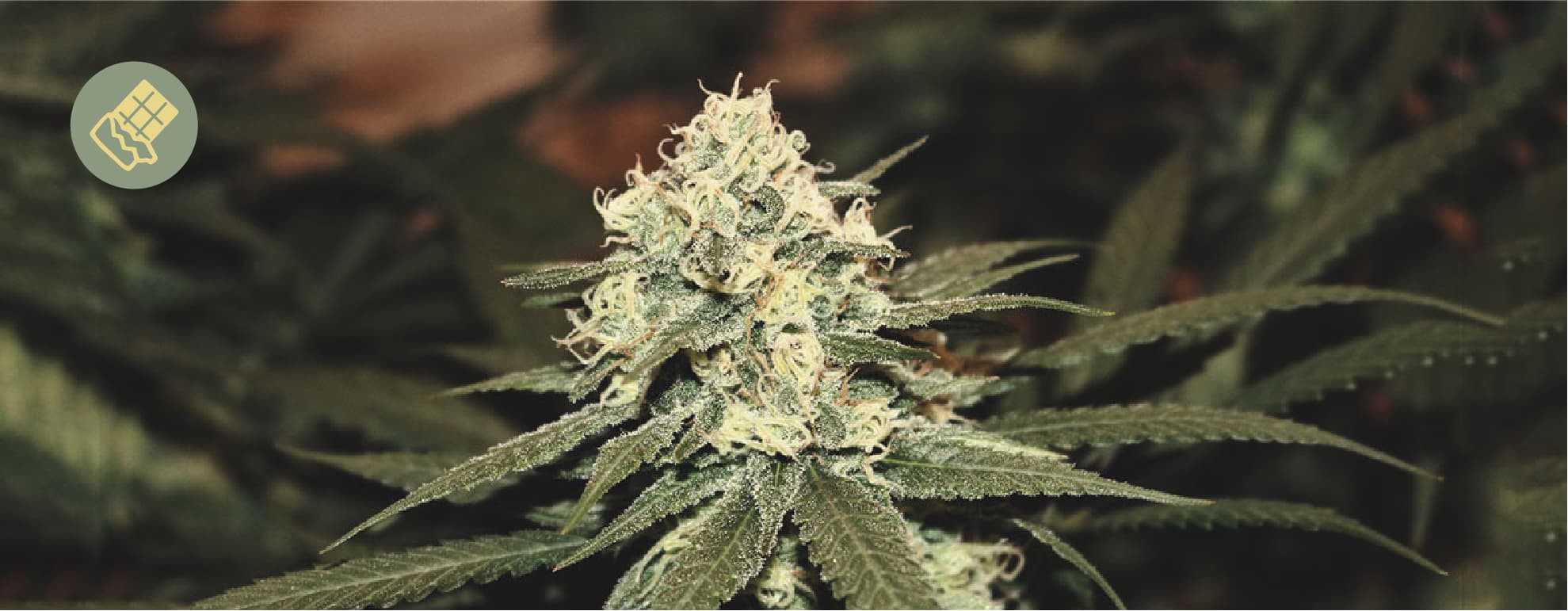
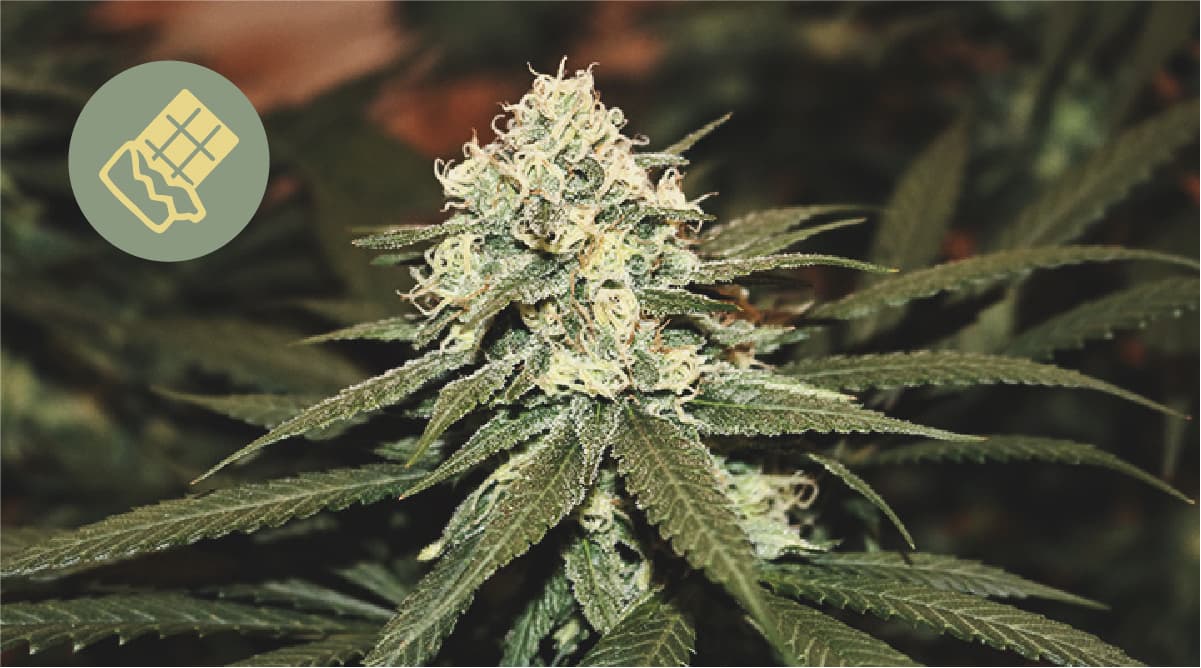
Lemon Shining Silver Haze
|
|
Lemon Skunk x Shining Silver Haze |
|
|
600 - 650 gr/m2 |
|
|
80 - 140 cm |
|
|
9 - 10 weeks |
|
|
THC: 21% |
|
|
Sativa 75% Indica 25% |
|
|
650 - 700 gr/plant |
|
|
130 - 170 cm |
|
|
Middle of October |
|
|
Balanced, Clear, Stoned |
Milk Chocolate and Weed
With an aroma of grapes and vanilla, Wedding Crasher is perfect for buddying up with smooth, classic milk chocolate. For best results, use a more fruity variety of milk chocolate to see how it brings out the berry aftertaste of the strain.
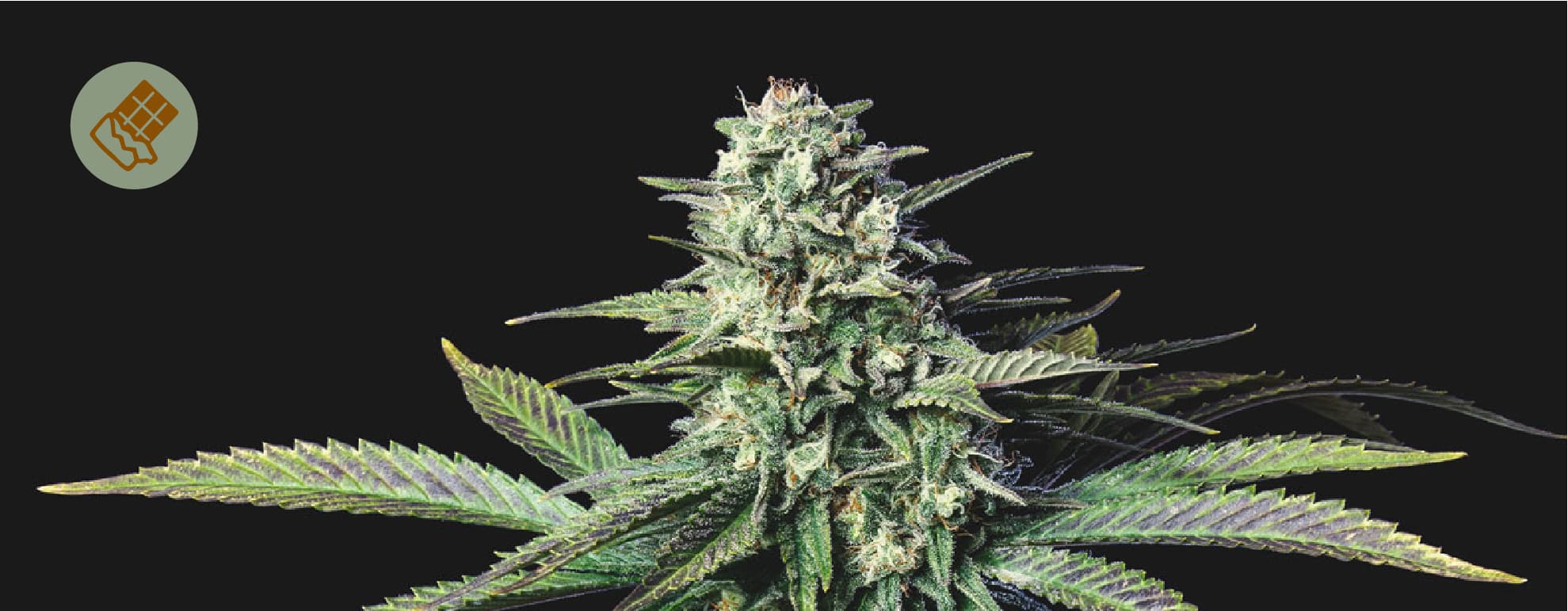
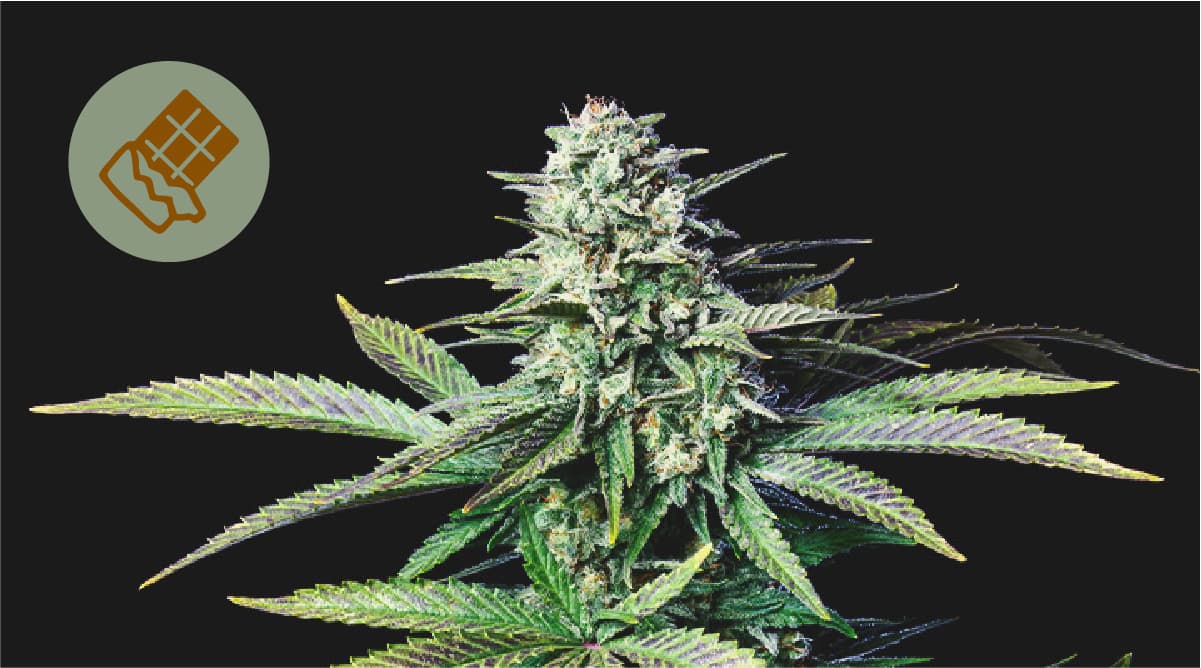
Wedding Crasher
|
|
Wedding Cake x Purple Punch |
|
|
450 - 500 gr/m2 |
|
|
150 - 180 cm |
|
|
9 - 10 weeks |
|
|
THC: 21% |
|
|
Sativa 55% Indica 45% |
|
|
550 - 600 gr/plant |
|
|
160 - 200 cm |
|
|
Late October |
|
|
Laughter, Physically Relaxing |
Dark Chocolate and Weed
Characterised by its more acquired bitter flavour, dark chocolate, preferably a variety with around 70% cocoa, will perfectly complement a strain such as 180 Diesel Automatic. The potent fuel taste with a hint of citrus pairs up beautifully with the classic notes of quality dark chocolate, such as toasted nuts, roasted coffee, and dried fruit.
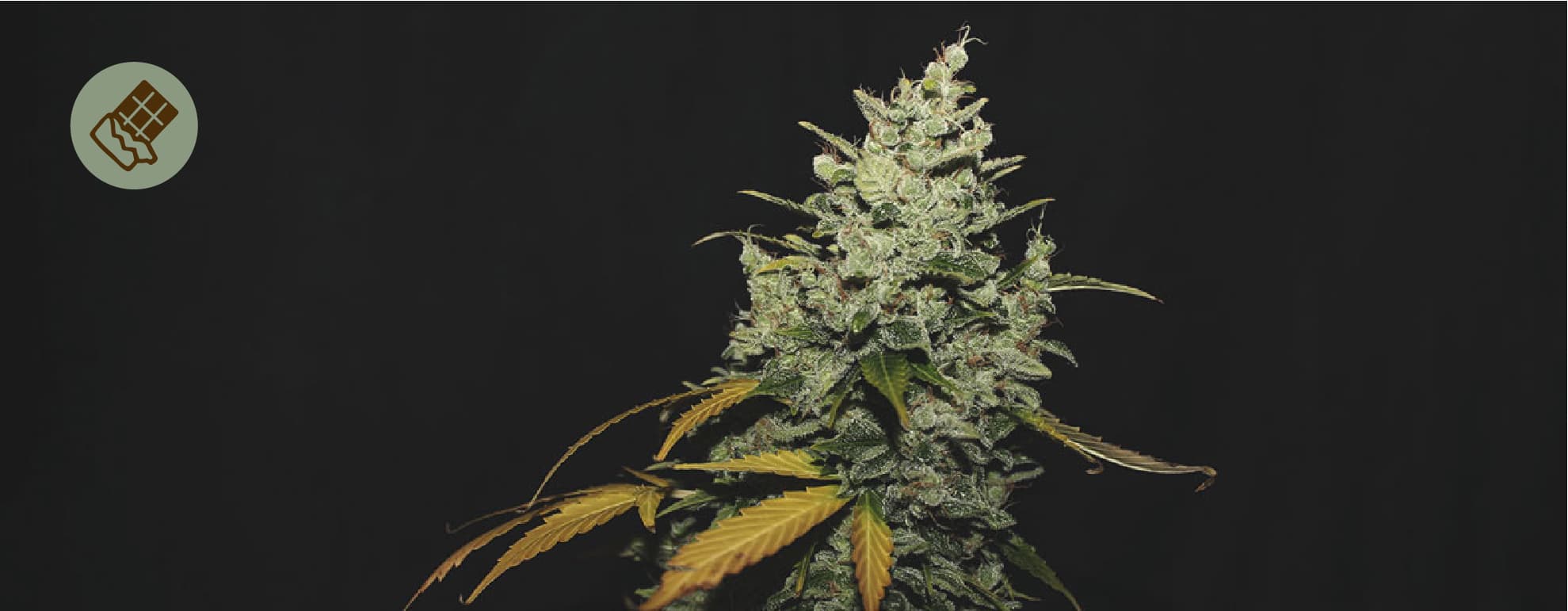
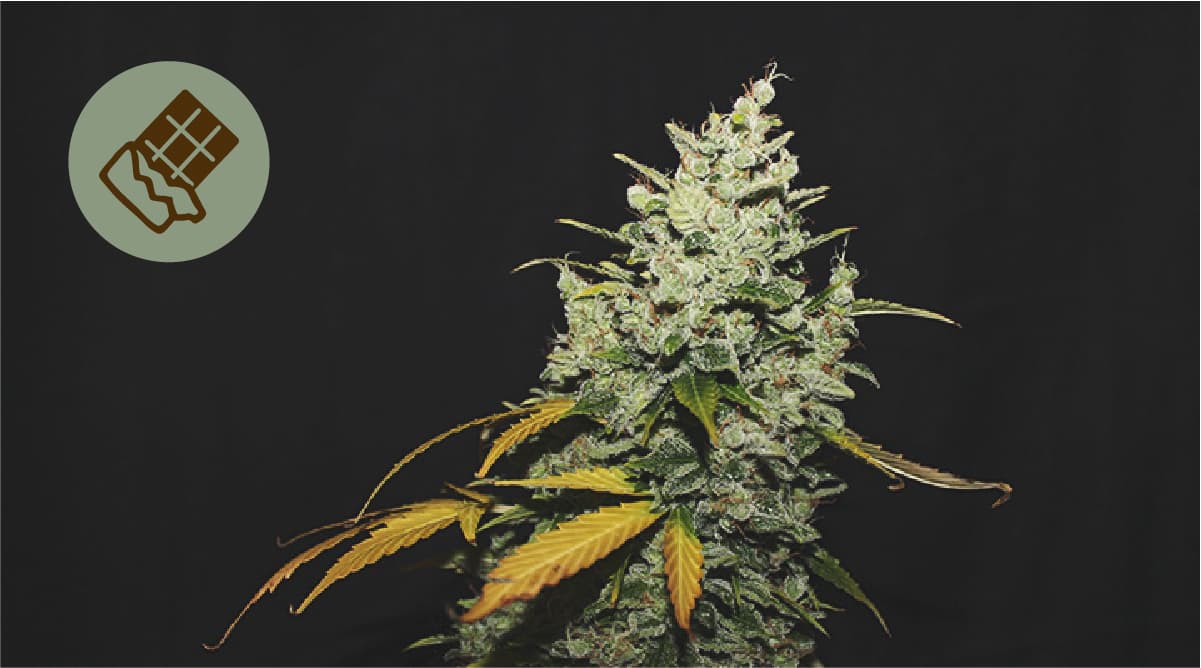
Diesel Auto
|
|
Diesel x Ruderalis |
|
|
325 - 375 gr/m2 |
|
|
40 - 70 cm |
|
|
8 - 10 weeks |
|
|
THC: 14% |
|
|
Sativa 40% Indica 30% Ruderalis 30% |
|
|
60 - 110 gr/plant |
|
|
60 - 110 cm |
|
|
13 to 14 weeks after sprouting |
|
|
Calming, Clear |
Tips for Pairing Chocolate and Cannabis
Remember, it's a good match if you like the combination. Taste is subjective. What one person prefers, another might detest. That said, here are some tips for enjoying whatever combination of chocolate and cannabis you prefer.
Let the Chocolate Sit on Your Tongue for a Few Seconds
When pairing, you have two options. Take a hit, then a bite of chocolate, and let everything intermingle at the mercy of your senses. Alternatively, put a piece of chocolate on your tongue and let it begin to melt for just a few seconds. Once it has softened up, take your hit for the ultimate clash of flavours.
Try Vaping to Retain Terpenes
Vaping flower allows the flavours of terpenes to remain bold. So does vaping concentrates. However, be careful, as the full-bodied flavour of a concentrate can overpower the taste of some chocolate varieties. You can smoke a bowl or joint, too, if preferable, but it will be less flavourful in terms of terps. However, the addition of smoke will produce a taste all its own that goes well with some varieties of dark chocolate.
Experimentation Is Crucial
It is good practice to try out at least three different types of chocolate alongside your weed. Be that white, dark, and milk, three of the same variety but from different origins, or with varying cocoa content. Likewise, choose at least three strains with contrasting flavour profiles. Make sure to try each chocolate with each strain. The more you try, the easier it is to recognise what flavour profiles you prefer.
Weed and Chocolate: A Taste Sensation Worth Trying
Not only is chocolate chemically equipped to boost the potential of cannabis, but it is an excellent way for recreational and holistic users to mask the strong flavour if they do not enjoy it. It also pushes the experience to become more indulgent for all the senses.
It can be fun to experiment with cannabis and chocolate, searching for your personal favourite. However, if you want to skip straight to the good part, you could try this match made in heaven. Pair your chocolate with the aptly named sweet and sugary strain Chocolate Haze—a destination you will no doubt find yourself in after surrendering to the sensation of combining chocolate with weed.
- Marijuana and chocolate https://pubmed.ncbi.nlm.nih.gov


























